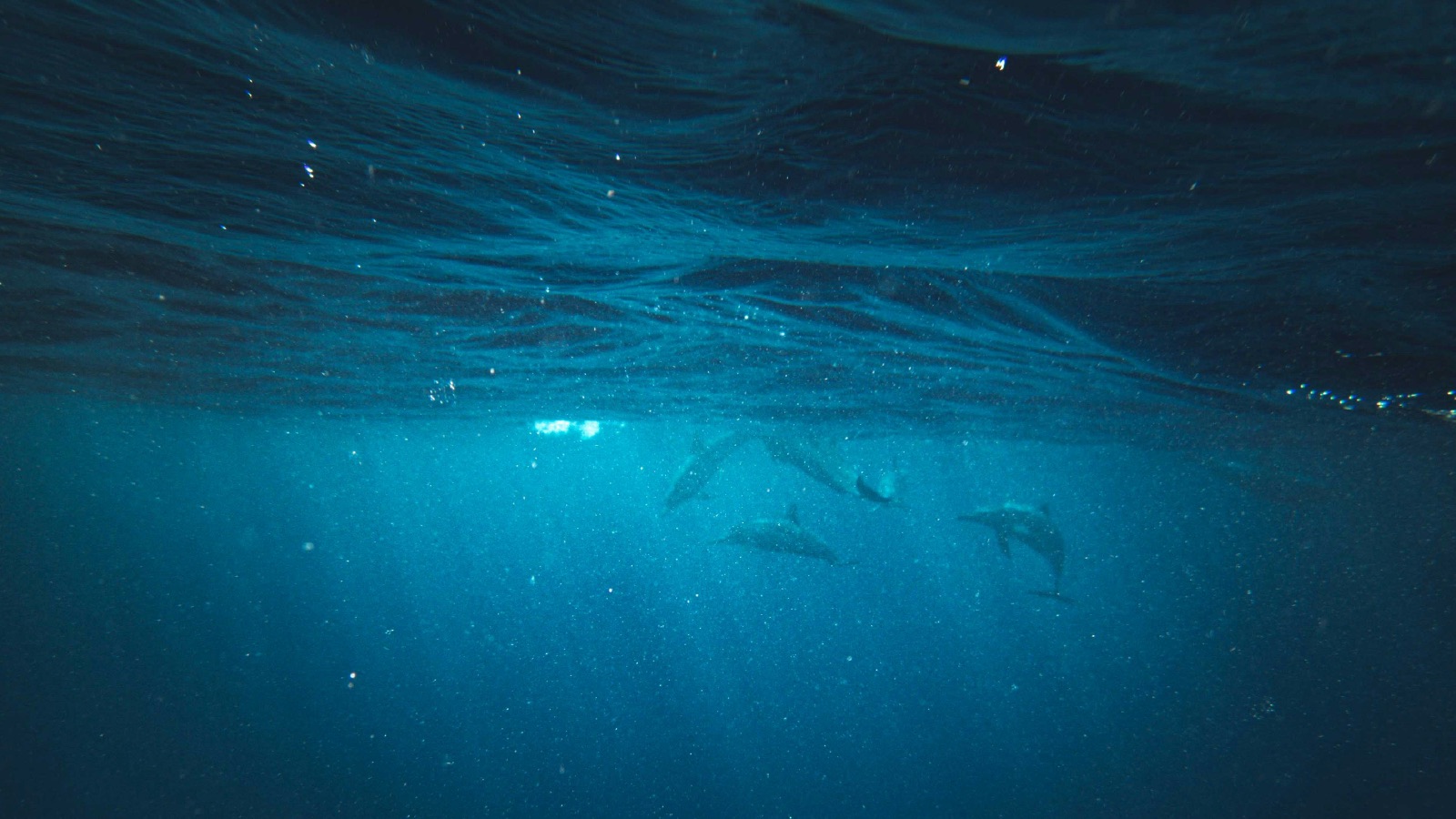
Arvo Pärt, Seamlessly Rendered, in the Temple of Dendur
By David Patrick Stearns, Musical America
Click here for original article
November 3, 2021
Though Arvo Pärt enjoys mainstream popularity that has only escalated as he has turned 86, the Sunday afternoon retrospective concert at the Metropolitan Museum of Art shows how much this Estonian composer remains an artistic voice as blissfully detached from the mainstream as ever.
There is no successful imitation Pärt out there. His sound is his own; it has never mixed well with programs of seemingly like-minded minimalism or Renaissance polyphony. Thus, the all-Pärt, 80- minute “Celebrating Arvo Pärt” program in the majestic Temple of Dendur at the Met was the way to go, alternating between instrumental and vocal works with a no-applause request. Starting with
Pärt’s greatest hit Fratres and featuring the world premiere of the choral work O Holy Father Nicholas, the performances by the Artefact Ensemble (Benedict Sheehan, artistic director) and the Experiential Orchestra (James Blachly, music director) were laudable and, as is necessary with this music, technically immaculate.
Though Pärt may look confoundingly simple on the page, the slightest smudged entrance or an only slightly mis-tuned chord can jolt the ear and upset the sense of equilibrium. Lapses in concentration rob silences--so much a part of refined music making--of their eloquence. Both the Artefact Ensemble and Experiential Orchestra are recently formed and already distinguished: The former has some of New York’s finest singers (Jolle Greenleaf of the early-music group TENET for one) and the latter won a well-deserved 2021 Grammy Award for its world-premiere recording of Ethel Smyth’s The Prison.
Reverence, finesse on the podium
Sheehan and Blachly alternated conducting duties as dictated by the repertoire, but they shared an understated sense of finesse and reverence, letting the music fill the towering, reverberant space. The familiar arpeggios that begin Fratres, as played by Michelle Ross, were at times fierce in attack, as the ear began to adjust to the narrow Pärt sound envelope. By the time the concert reached its end with the quiet and elegiac Da Pacem Domine (which is so characteristic of Pärt) the audience appeared attuned to every note.

Like the also-religious writing of Anton Bruckner, Pärt reuses his singular vocabulary. Unlike Bruckner, he follows no ironclad template. Every Pärt piece is a personal, distinct expression.
Sudden climaxes, like those in Fratres, strike out of nowhere like a spiritual revelation, with little warning. Pärt doesn’t adhere to civilization's constructs of musical order. The triple meter in the mid-section of Salve Regina and the rocking motion of Summa emerge unpredictably but nonetheless naturally. Amid the unvarnished sound of chordal strings, he inserts well-chosen dabs of color, such as the claves and gentle percussion in Fratres (which exists in some 17 versions).
He uses medieval-style drones in O Holy Father Nicholas and Cantus in Memory of Benjamin Britten, and obsessive minimalist repetition in the incantation-style text of The Deer’s Cry or the motivic repetition of the Cantus.
Arvo Pärt doesn’t seek to convince or convert; these effective performances had presence but weren’t exclamatory, allowing the listener to enter the music’s universe and find their own path. The hypnotic Cantus turned into a sonic accompaniment for the sun-to-clouds autumn landscape outside the Temple’s expansive windows Sunday afternoon, like watching the seasons change in time- lapse photography.
All of that said, the new work, O Holy Father Nicholas, represents a departure, with the composer extending himself toward the mainstream via some of his richest choral writing. The work was curated by Nektarios S. Antoniou for The Schola Cantorum and The Metropolitan Museum of Art to honor the rededication of St. Nicholas Greek Orthodox Church and the National Shrine at Ground Zero. Its overall manner is, dare I say, extroverted, creating a wonderful peak about two thirds of the way through a concert that was being recorded live. An admirer awaits its commercial release.
Classical music coverage on Musical America is supported in part by a grant from the Rubin Institute for Music Criticism, the San Francisco Conservatory of Music, and the Ann and Gordon Getty Foundation. Musical America makes all editorial decisions.
Other News From EXO













